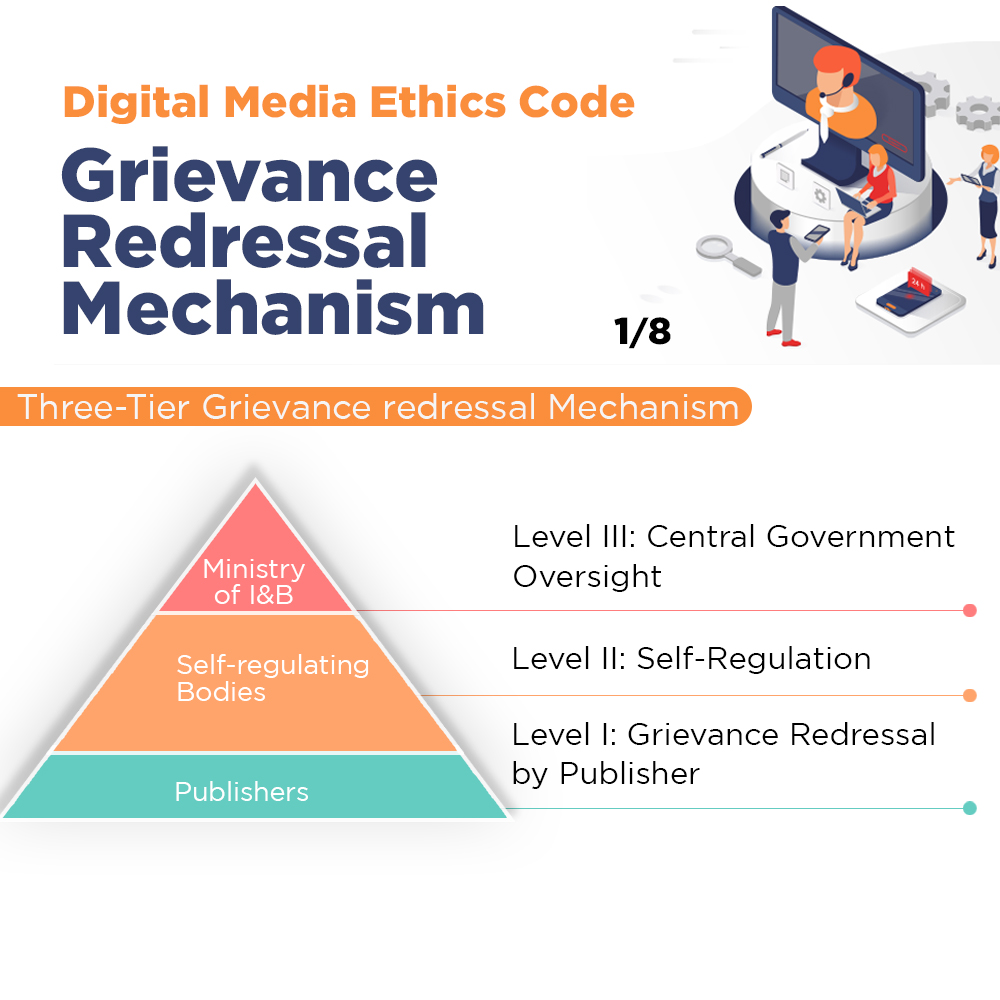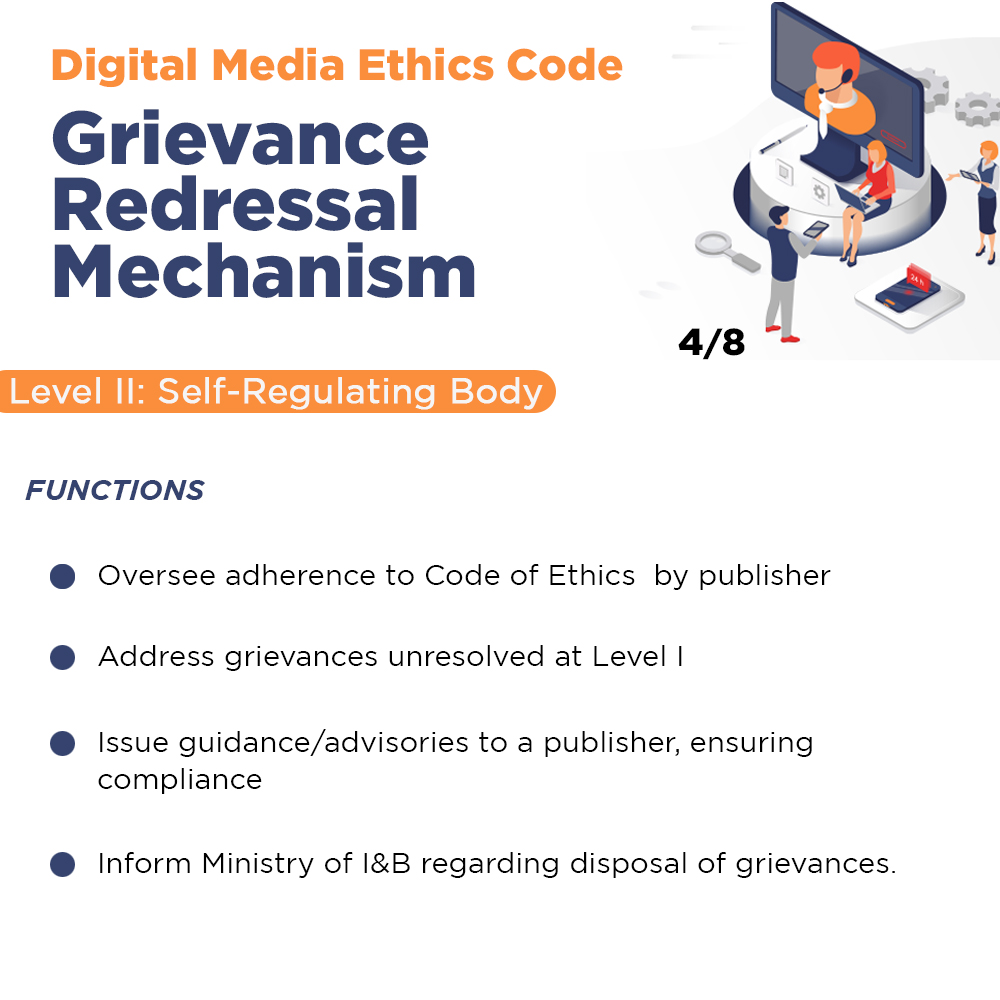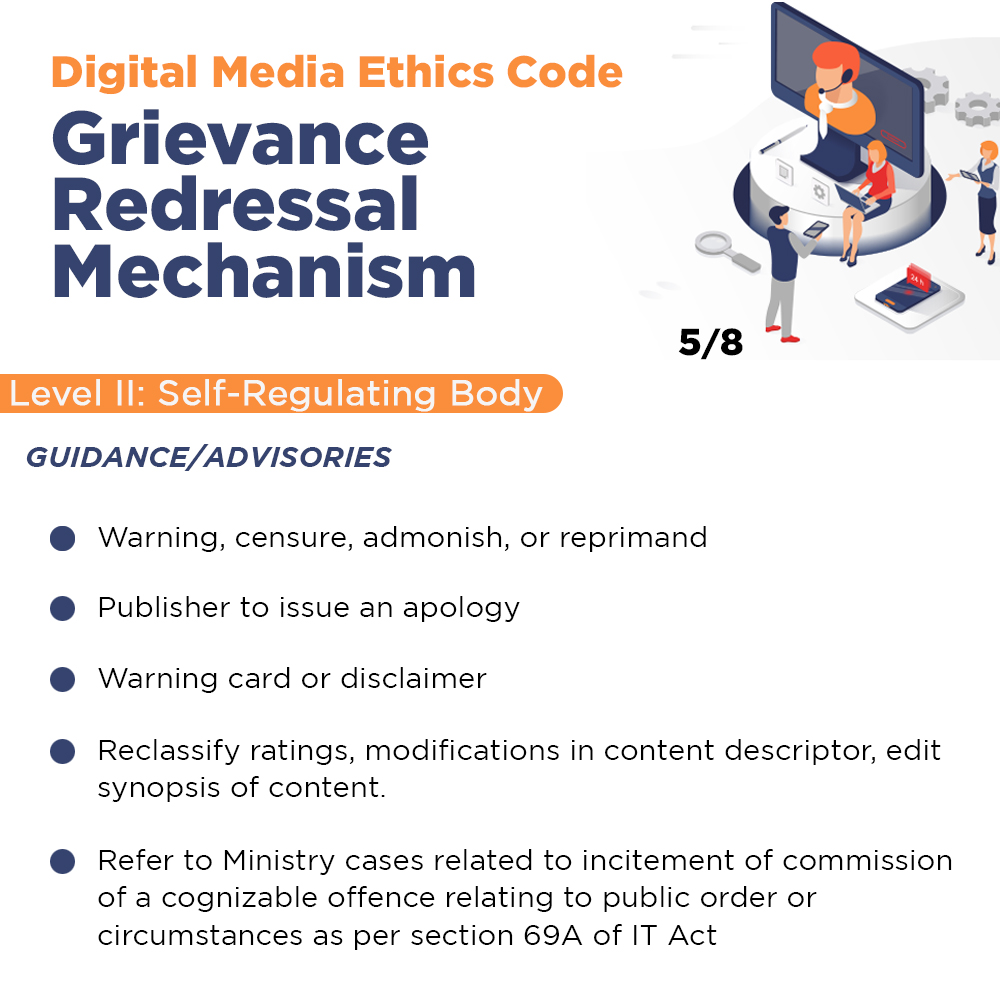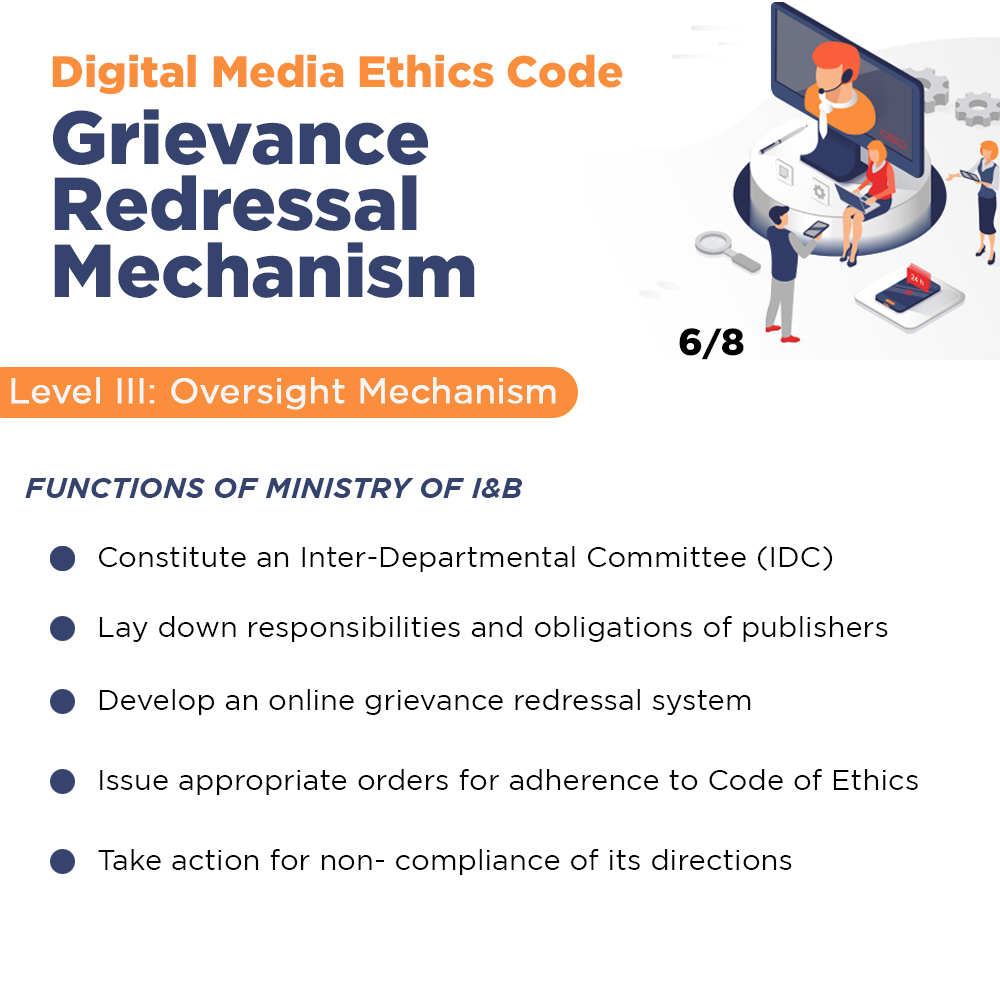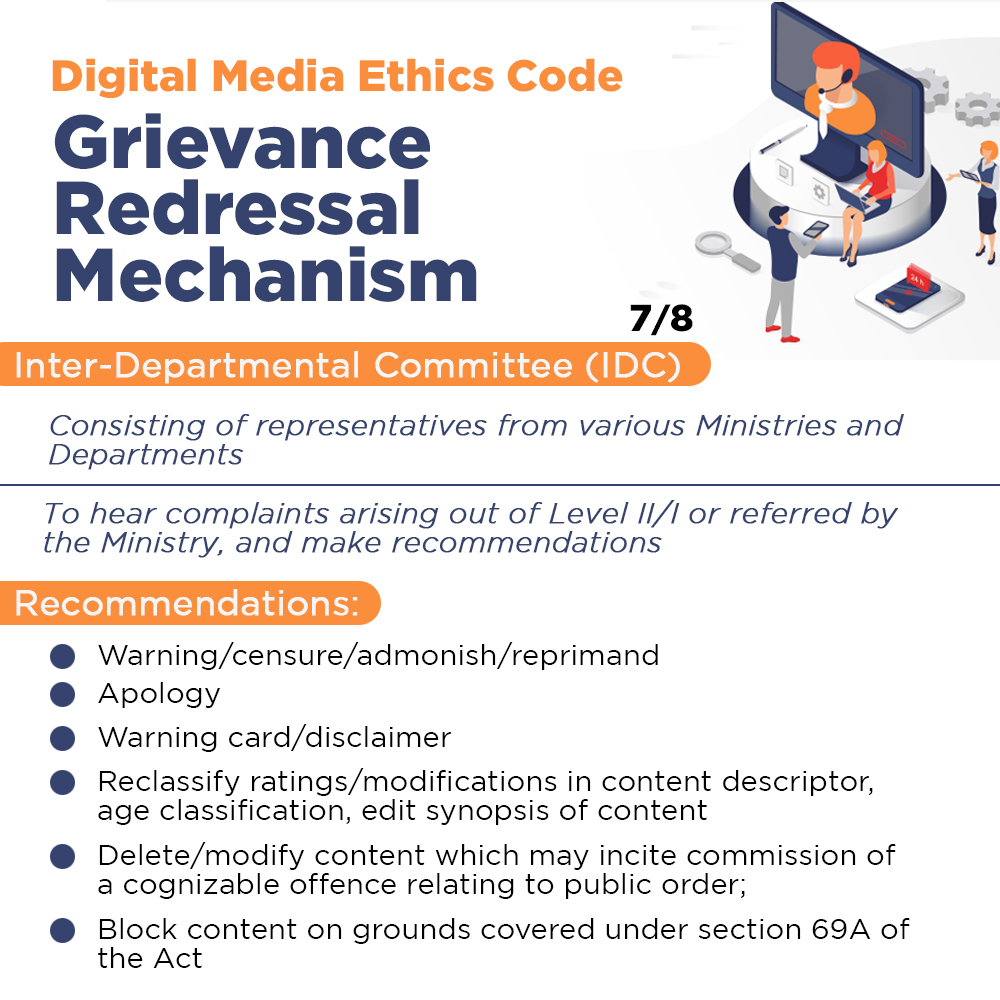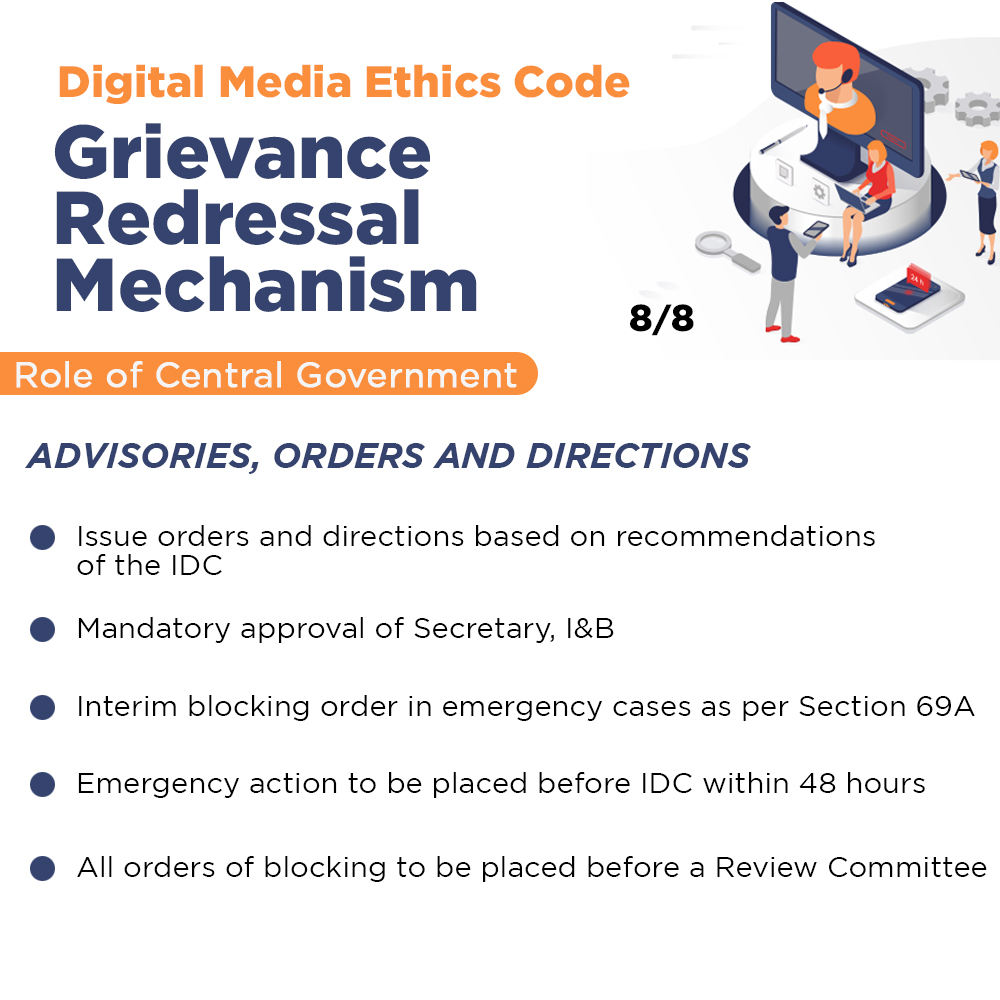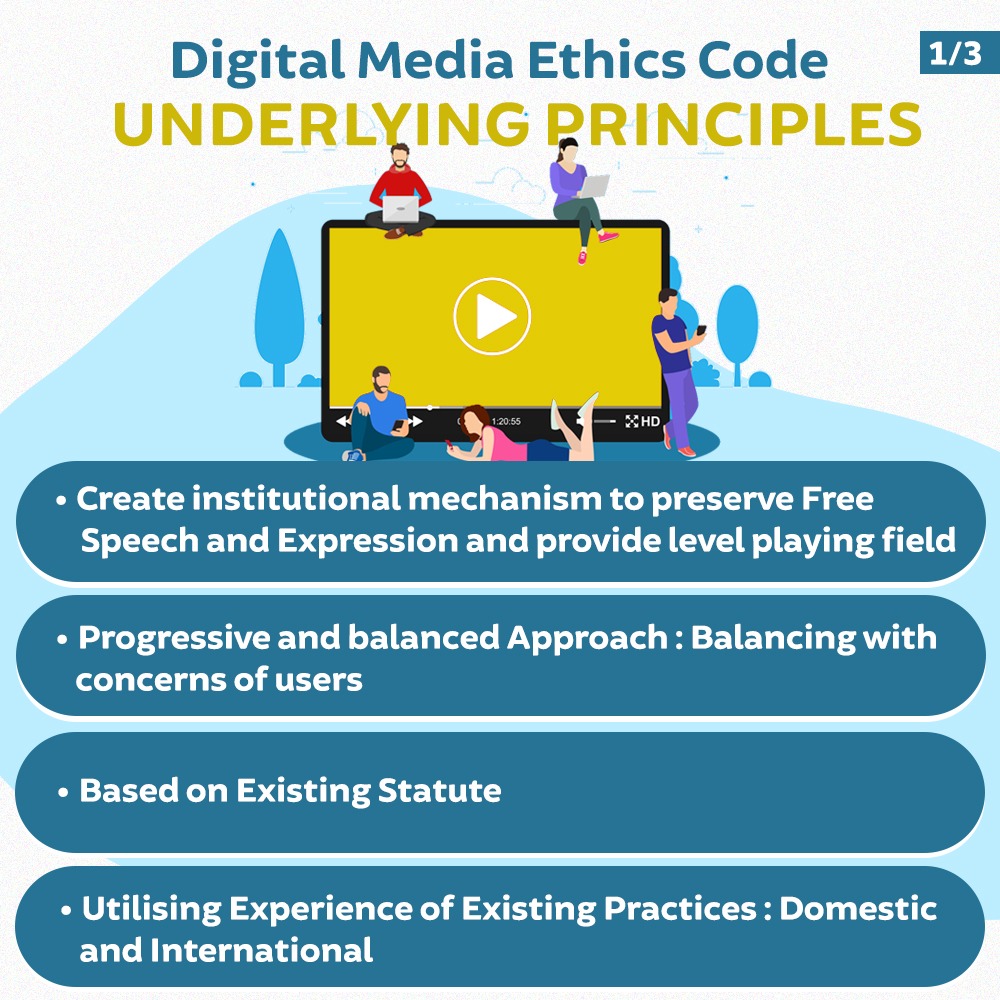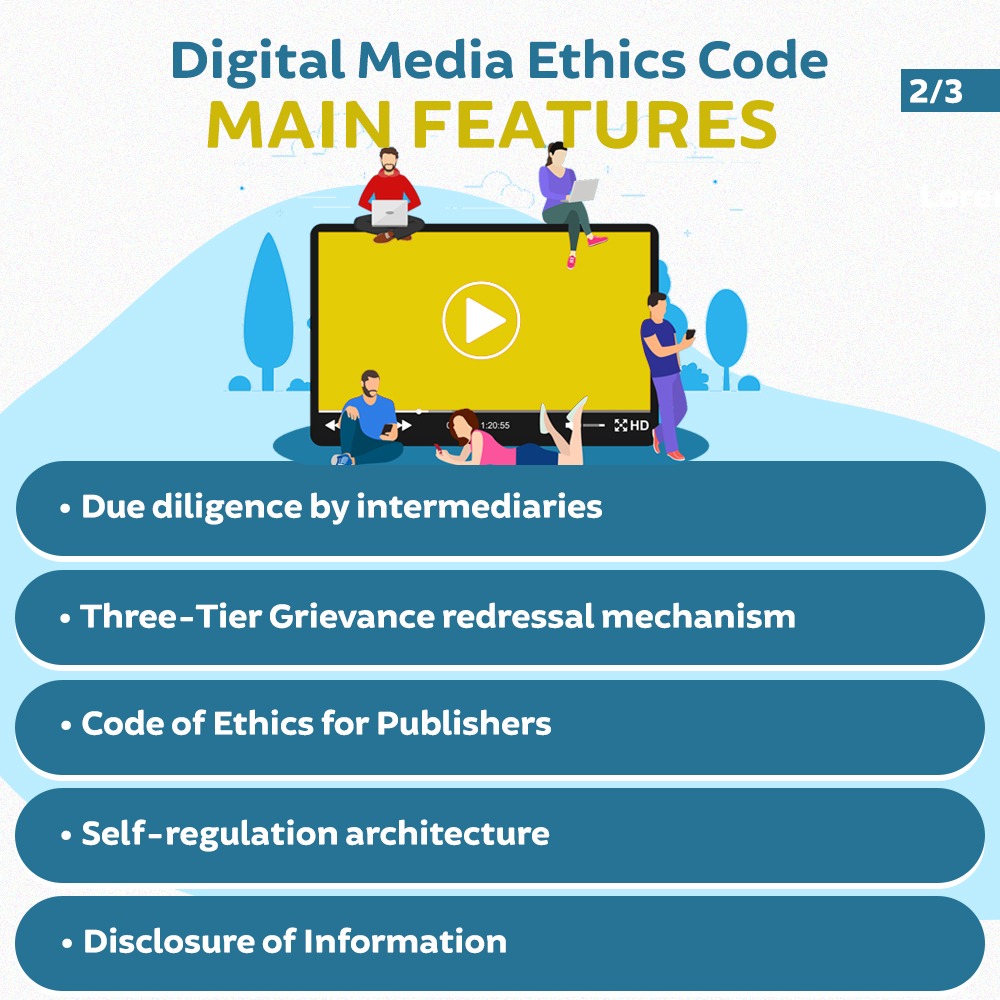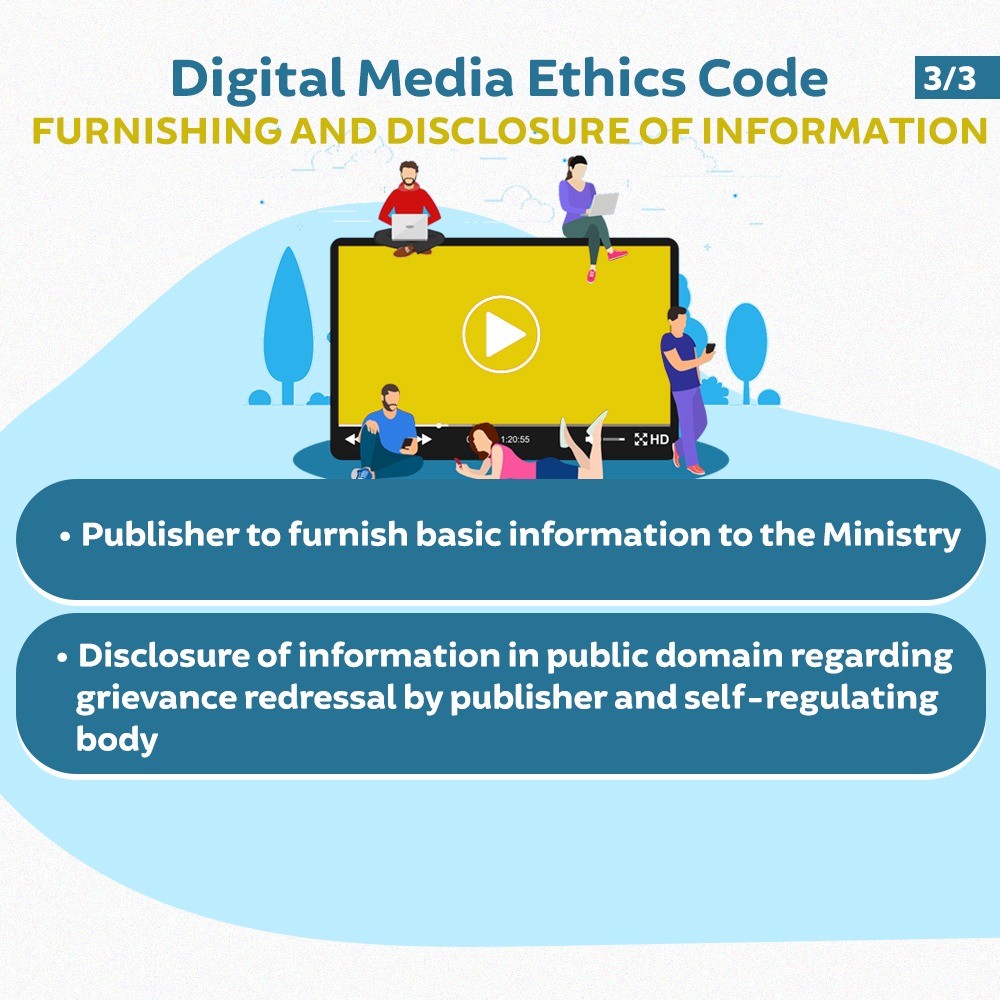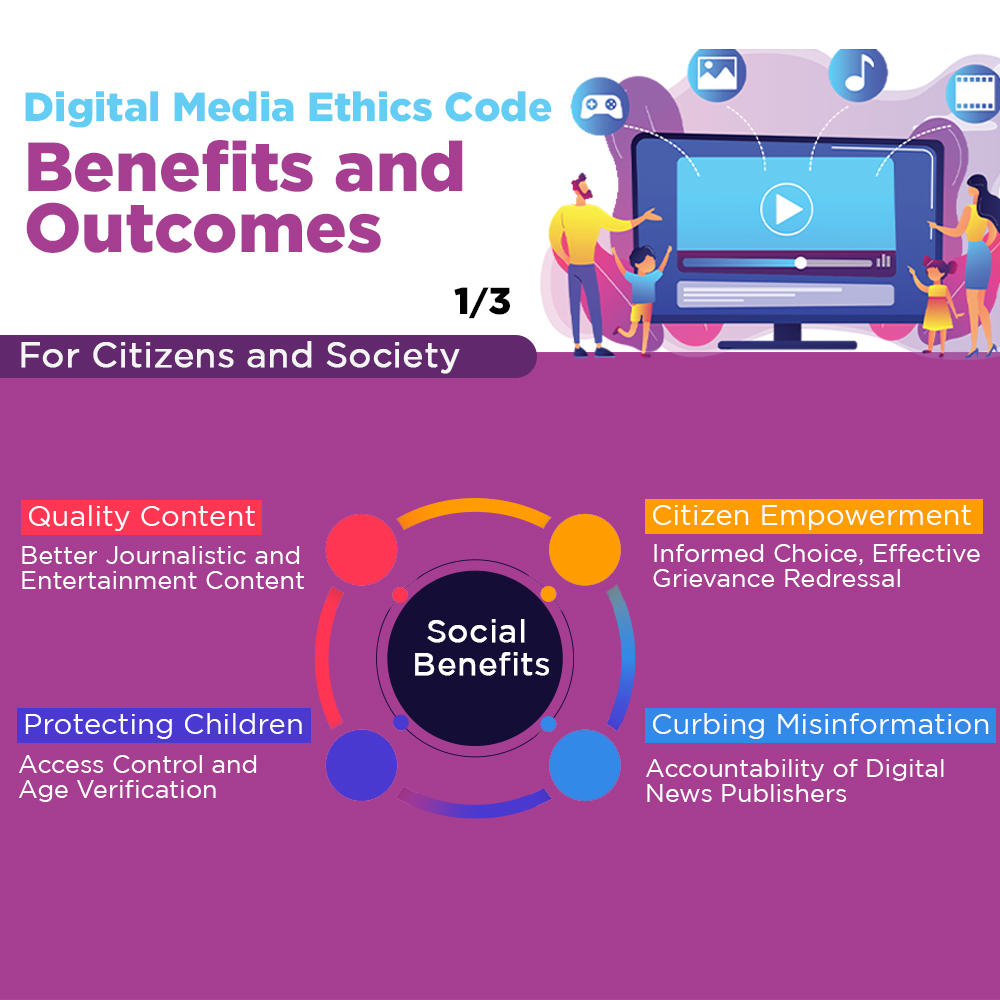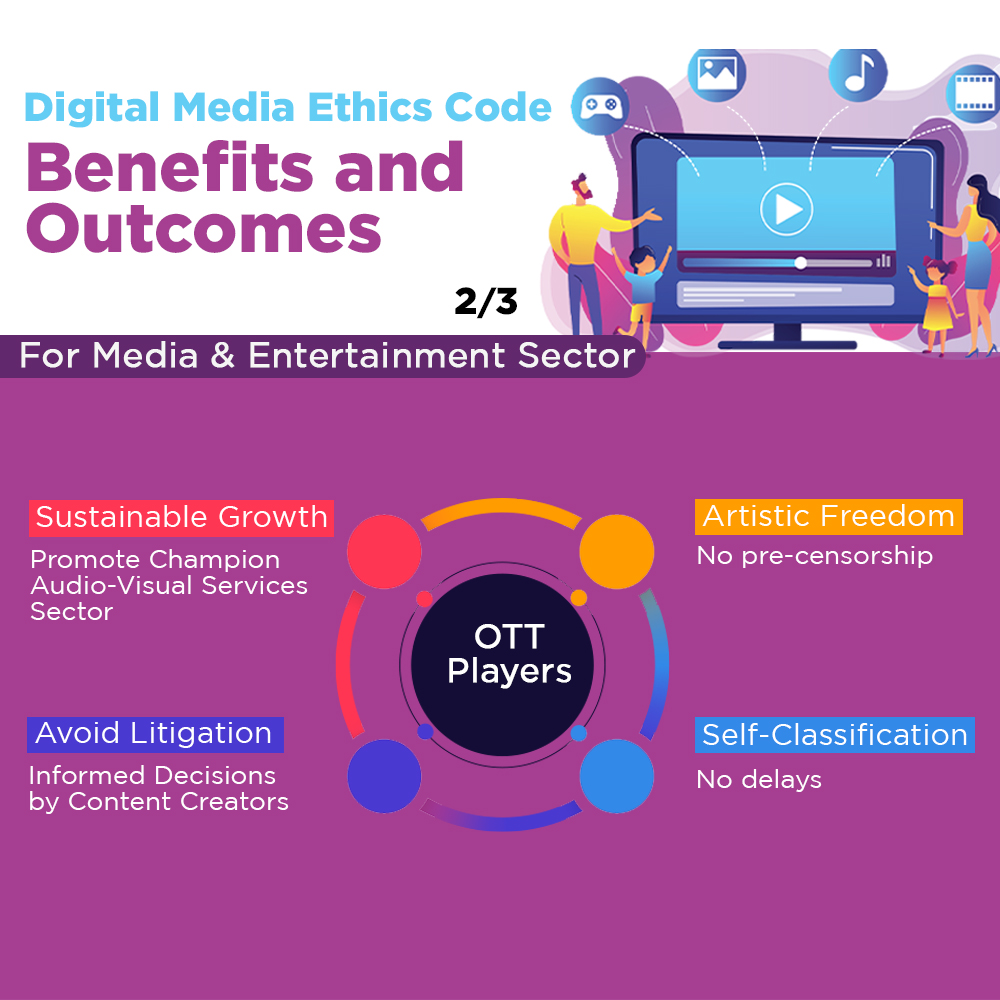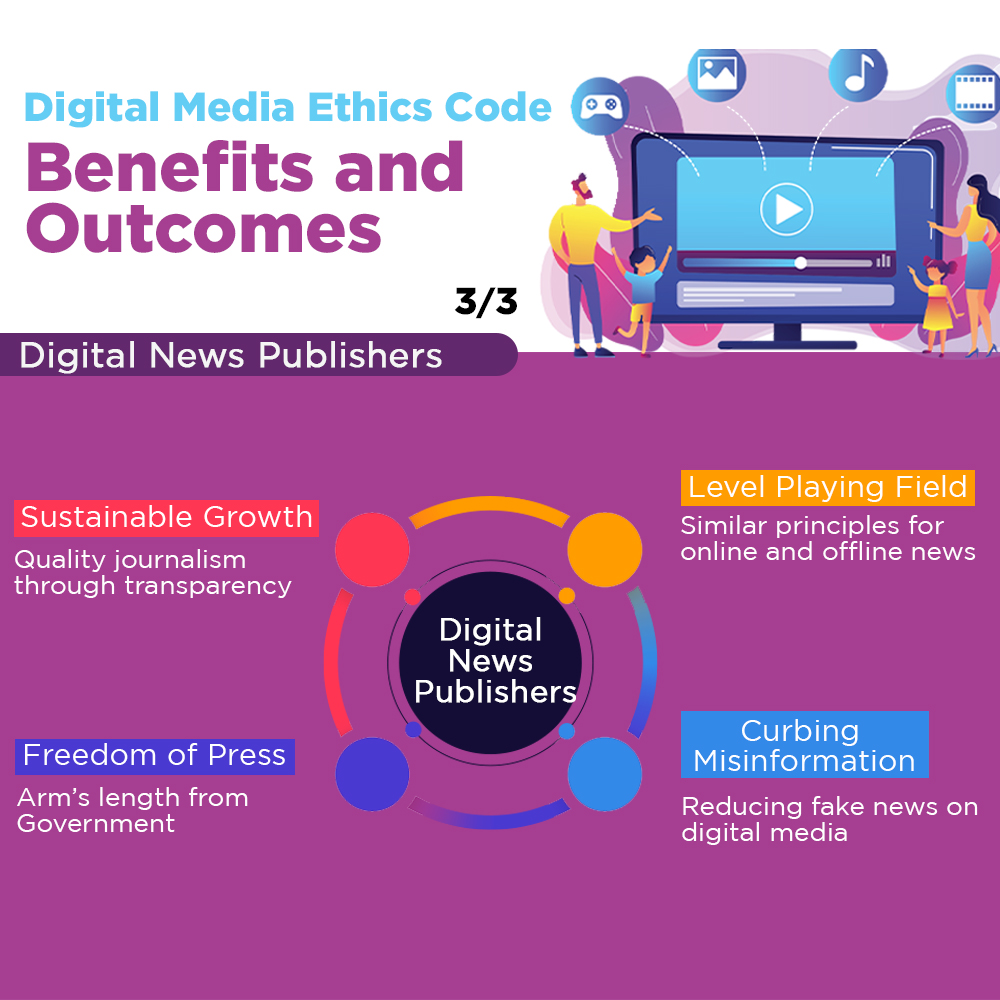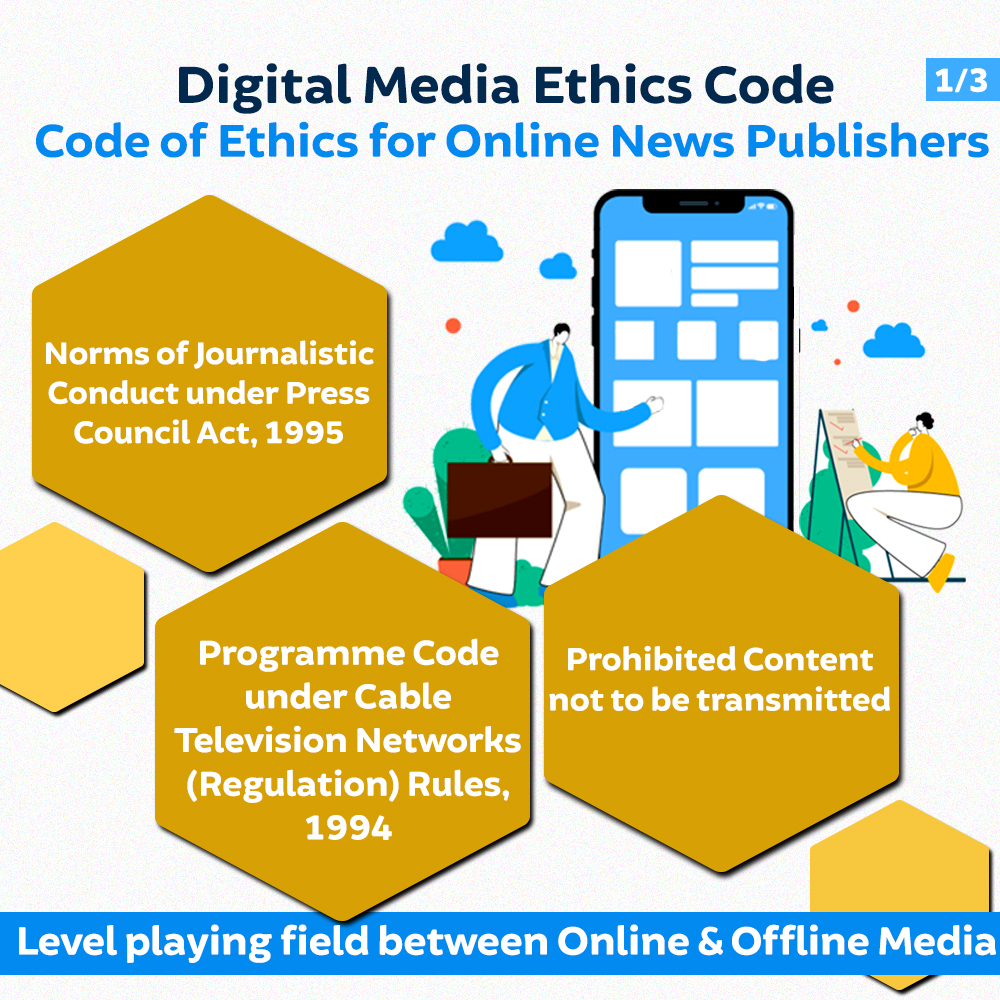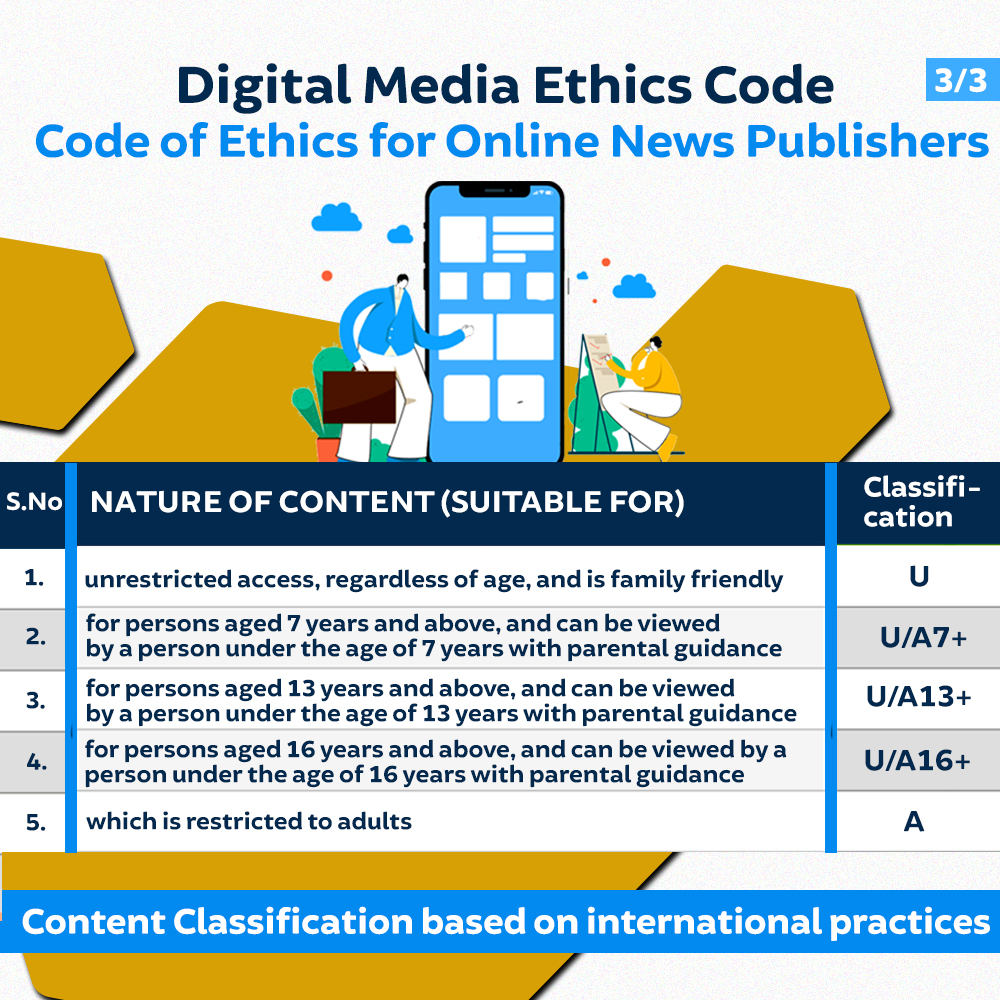Menu
- Home
- About Us
-
Consular
- Book online appointments for Passport/OCI/Consular Services
- Consular Jurisdiction
- General Information
- Consular Information
- Optional Services
- Passport and Emergency Certificate
- Surrogacy Provisions
- Renunciation of Indian citizenship and surrender of Indian passport
- Public Notice - Minimum Time period for Visa/ Ppt/ Other Consular Services
- PIO Card
- Advisory on E-VISA
- Advisory for Indian Nationals
- Public advisory on passport
- Common Telephone Queries
-
VISA Information
- General Visa information
- Visa to Afghan Nationals
- Emergency Visa
- Visa for Diplomatic/Official/UN passports
- e-Tourist Visa
- Film Visa
- Transit Visa
- Tourist Visa
- Medical Visa
- Employment Visa
- Advisory on E-visa
- Business Visa
- Student Visa
- Entry Visa
- Conference Visa
- Mountaineering Visa
- Missionary Visa
- Film Visa
- Persons of Pakistani Origin
- Journalist Visa
- Visa Fee Structure
- Research Visa
- Import of Satellite phones into India
- OCI Card
- Feedback/Complaints
- Advisory for Indian citizens in the UK and those intending to visit the UK
- Registration of Indian Nationals
- Guidelines for Applicants for Registering Grievance
- Indian Community Welfare Fund (ICWF)
- FAQ on Marital disputes involving NRI/PIO spouses
- Emergency Services
- Bilateral
- Media
- Tenders
- Tax
- Trade Fairs
- RTI
- AKAM
- Notices
- Young Professionals Scheme
- Contact

